The ideal places to discover top-quality leather goods in Florence are its local markets and stores.
Renaissance Florence was renowned not only for its art, banking, and political intrigue but also for its exceptional leather craftsmanship. This tradition endures today and can be found everywhere, from the street stalls of San Lorenzo to high-end boutiques.
Mercato Centrale, an elegant iron-and-glass structure designed by architect Giuseppe Mengoni in 1874, provides an excellent opportunity for visitors to explore and purchase delectable Italian foods. The ground floor houses vendors who sell a variety of fresh produce, meats, cheeses, fish, olive oil, vinegars, truffle products, and other local delicacies. On the upper floor, you’ll find a modern food hall with shops that offer a wide array of culinary treats, including pizza, gelato, and Tuscan specialties such as lampredotto, porchetta, and trippa. Visitors can enjoy a meal there or collect items for a delightful picnic. In the vicinity of the market building, you’ll encounter numerous vendors selling artwork, pottery, jewelry, leather goods, clothing, souvenirs, and more.



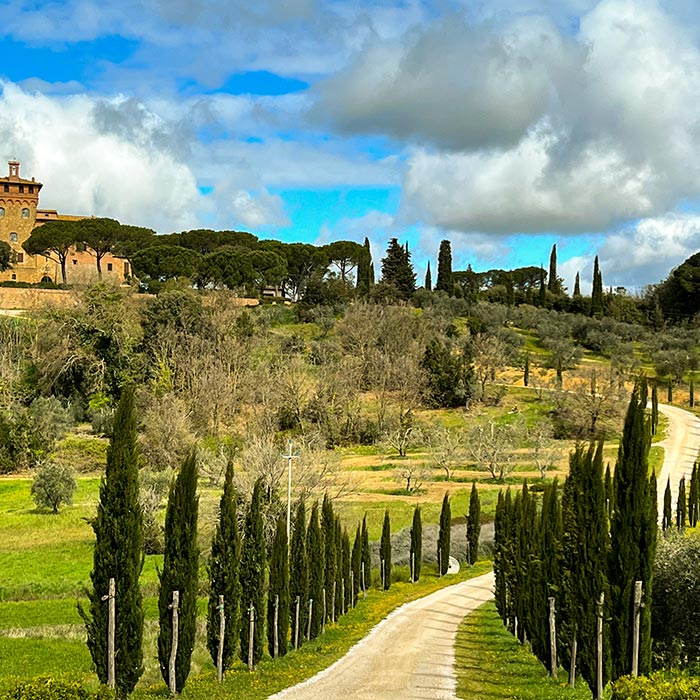



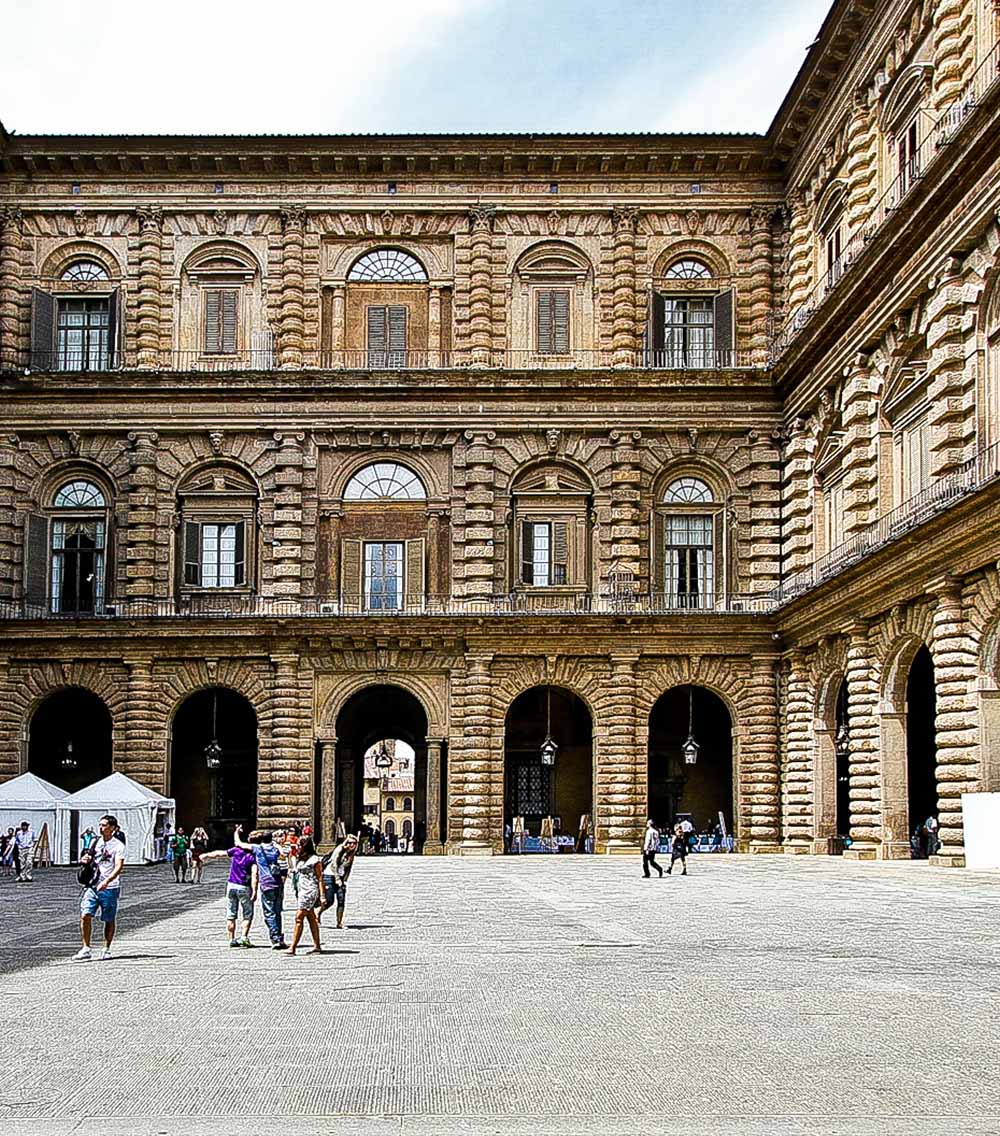
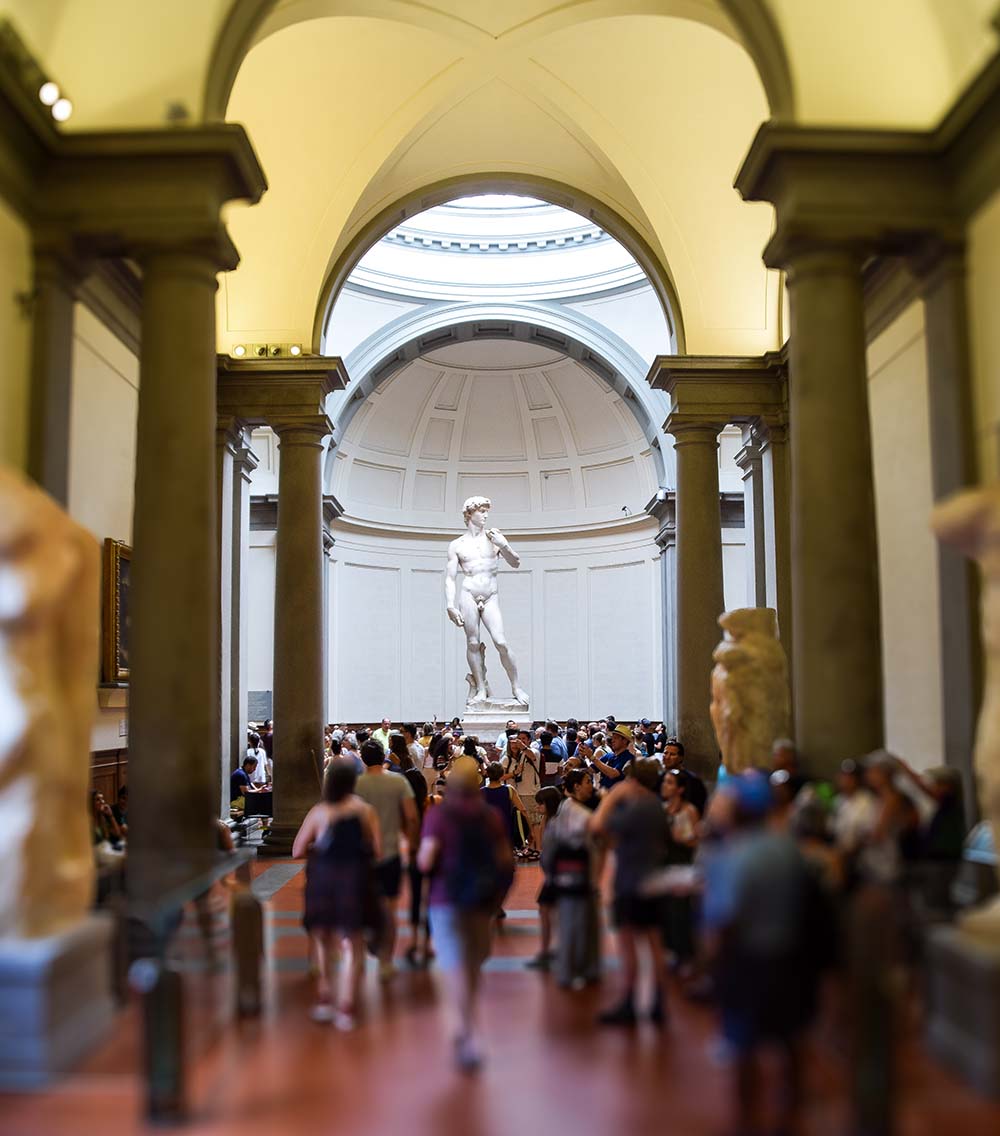

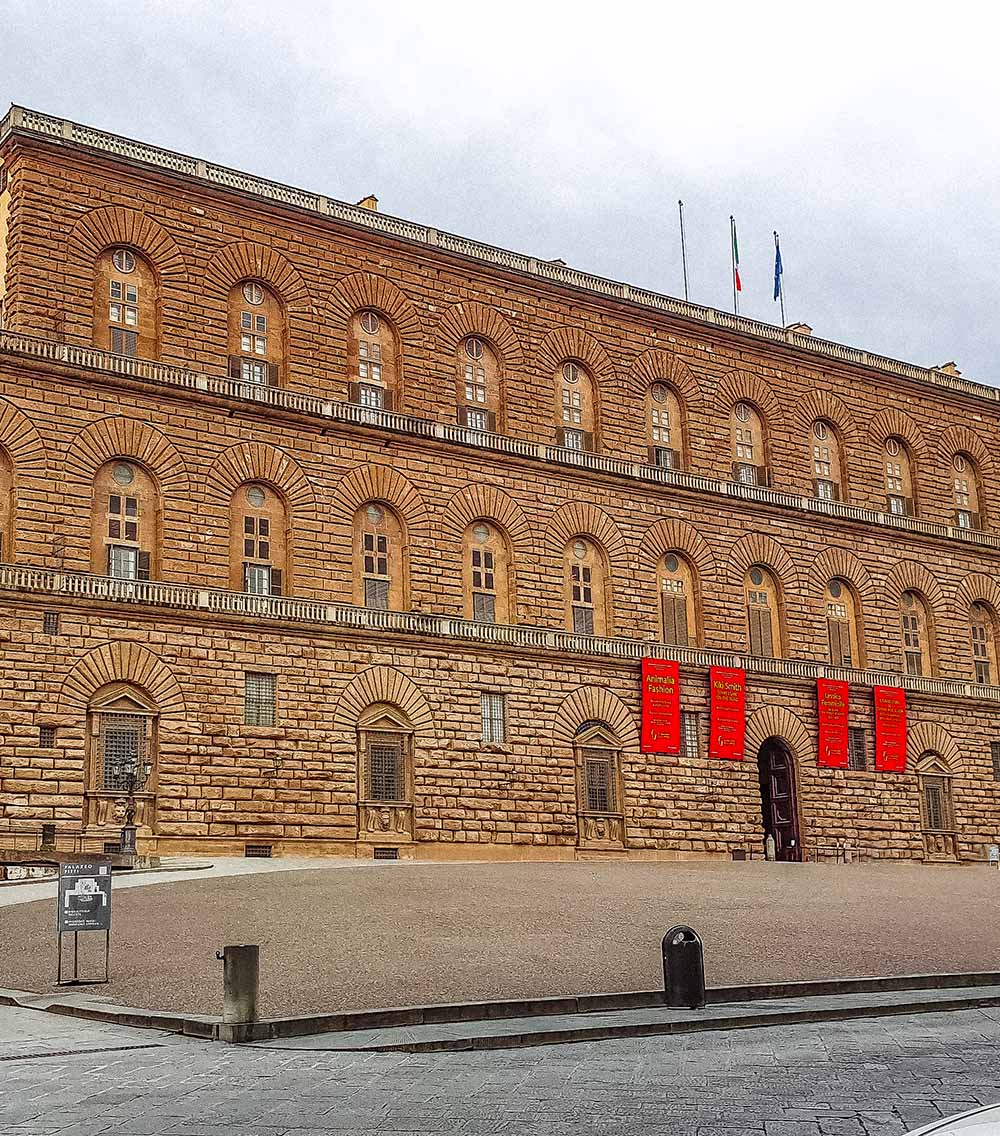



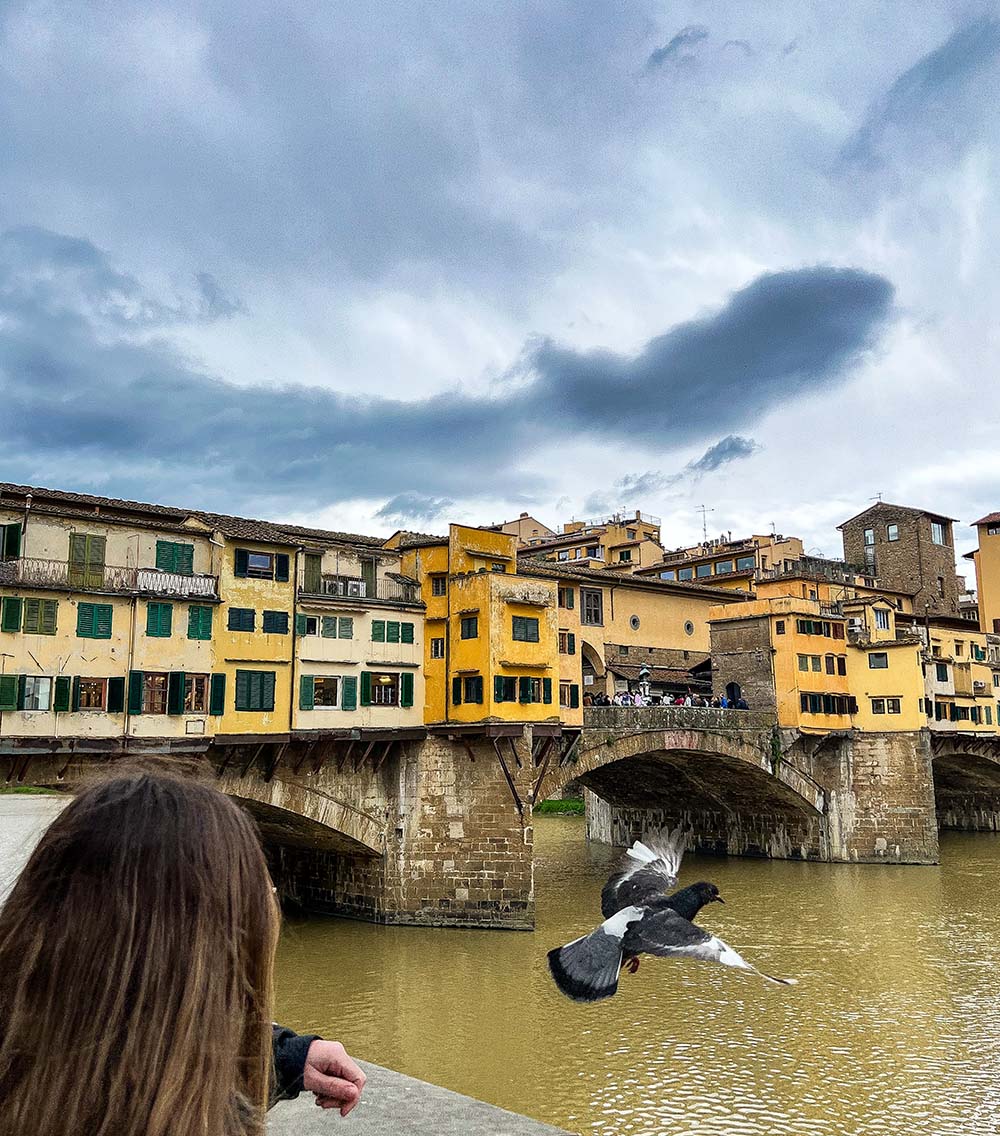

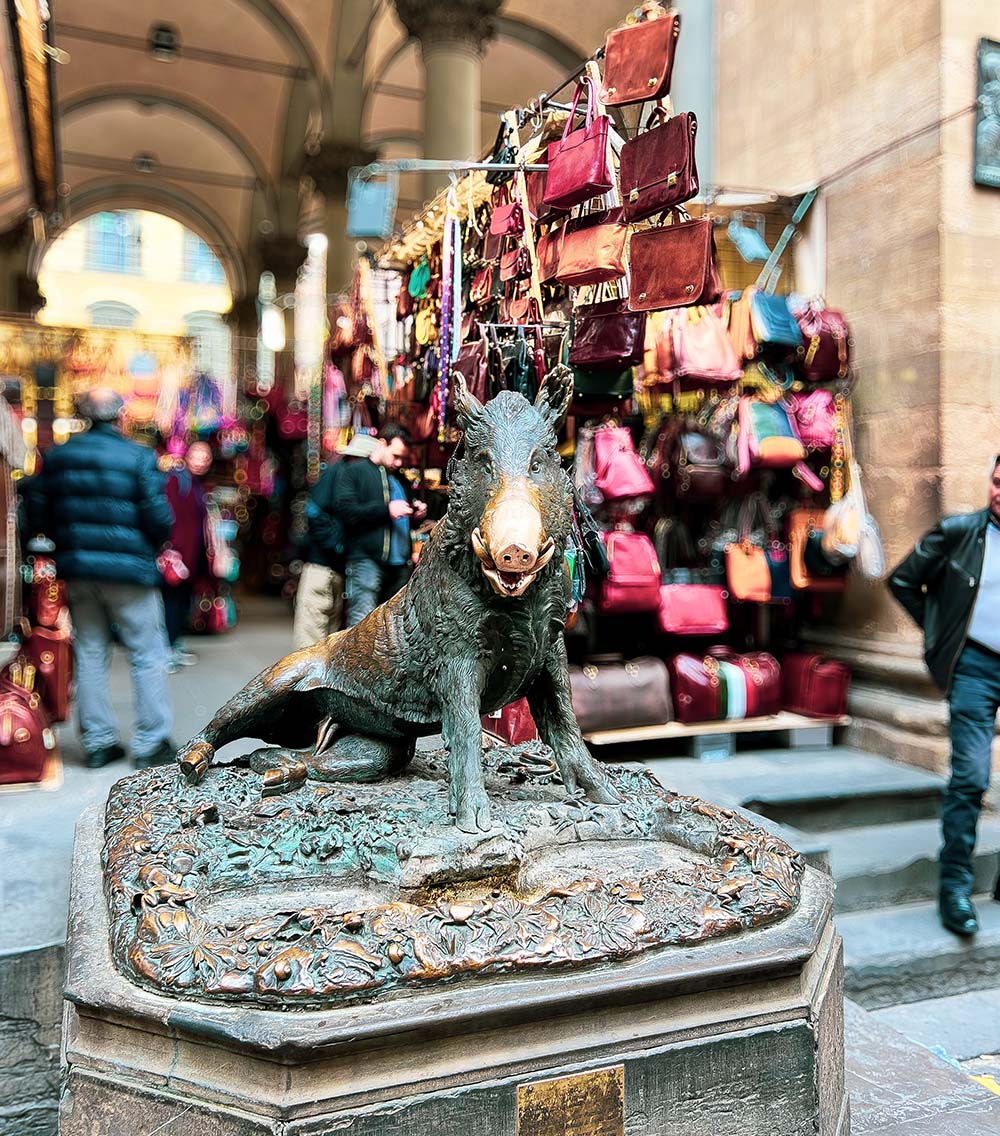
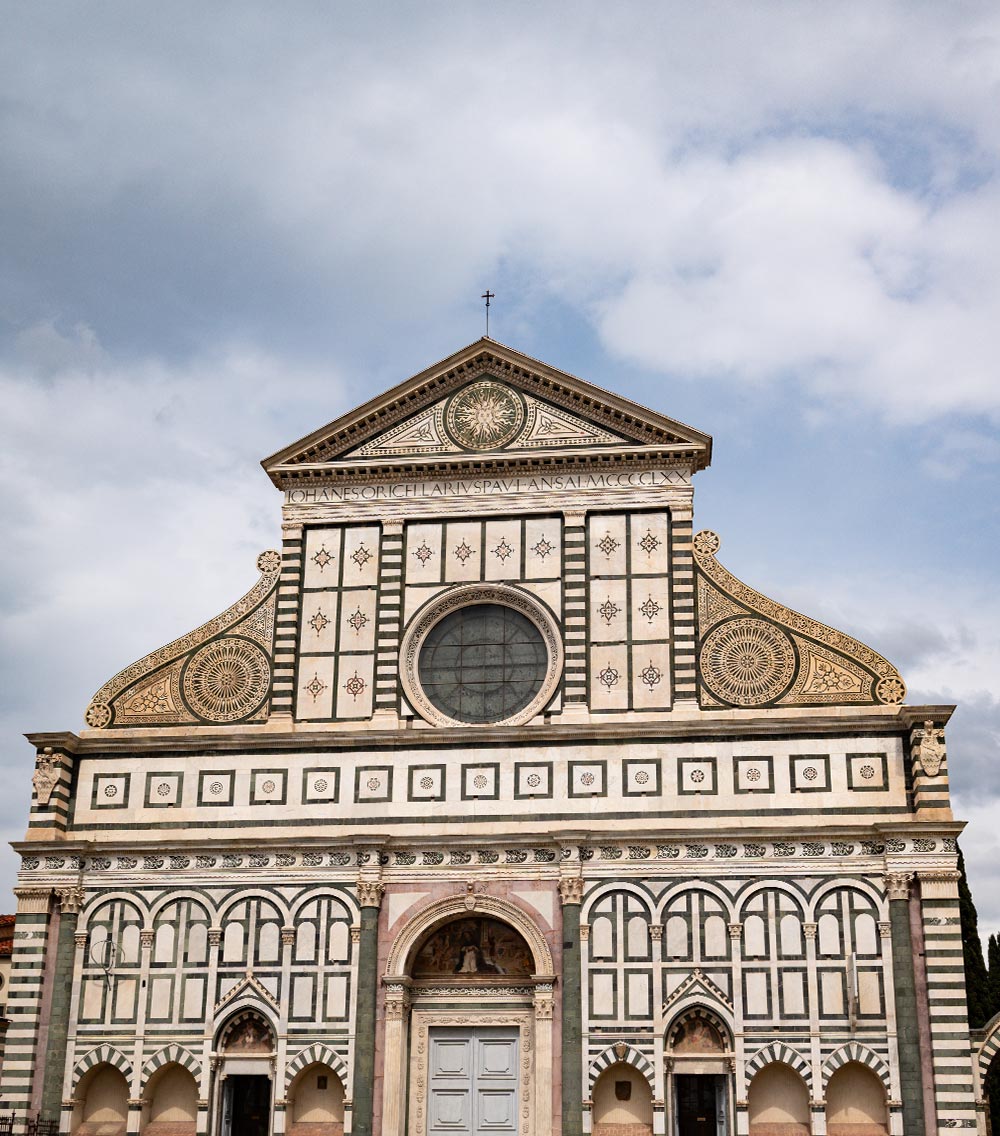
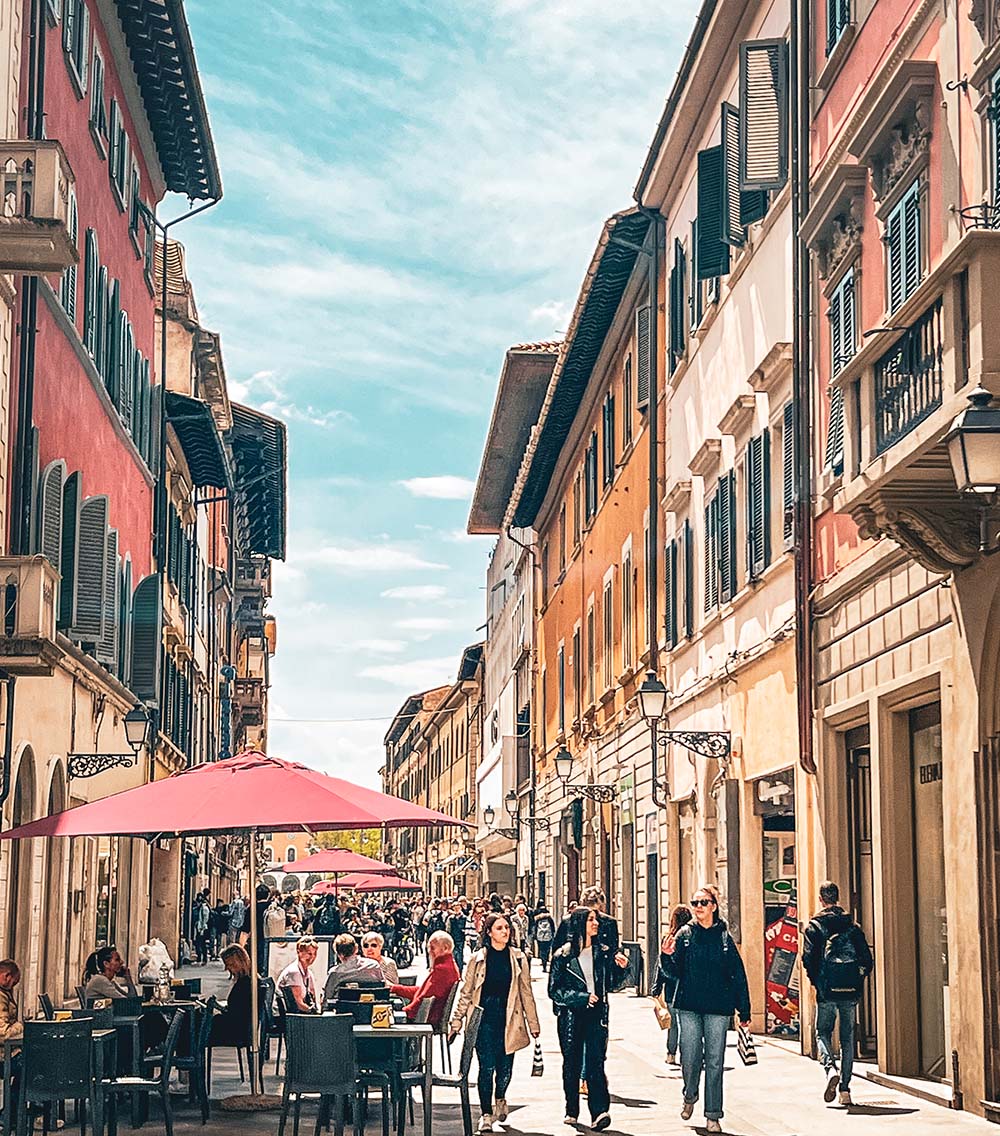
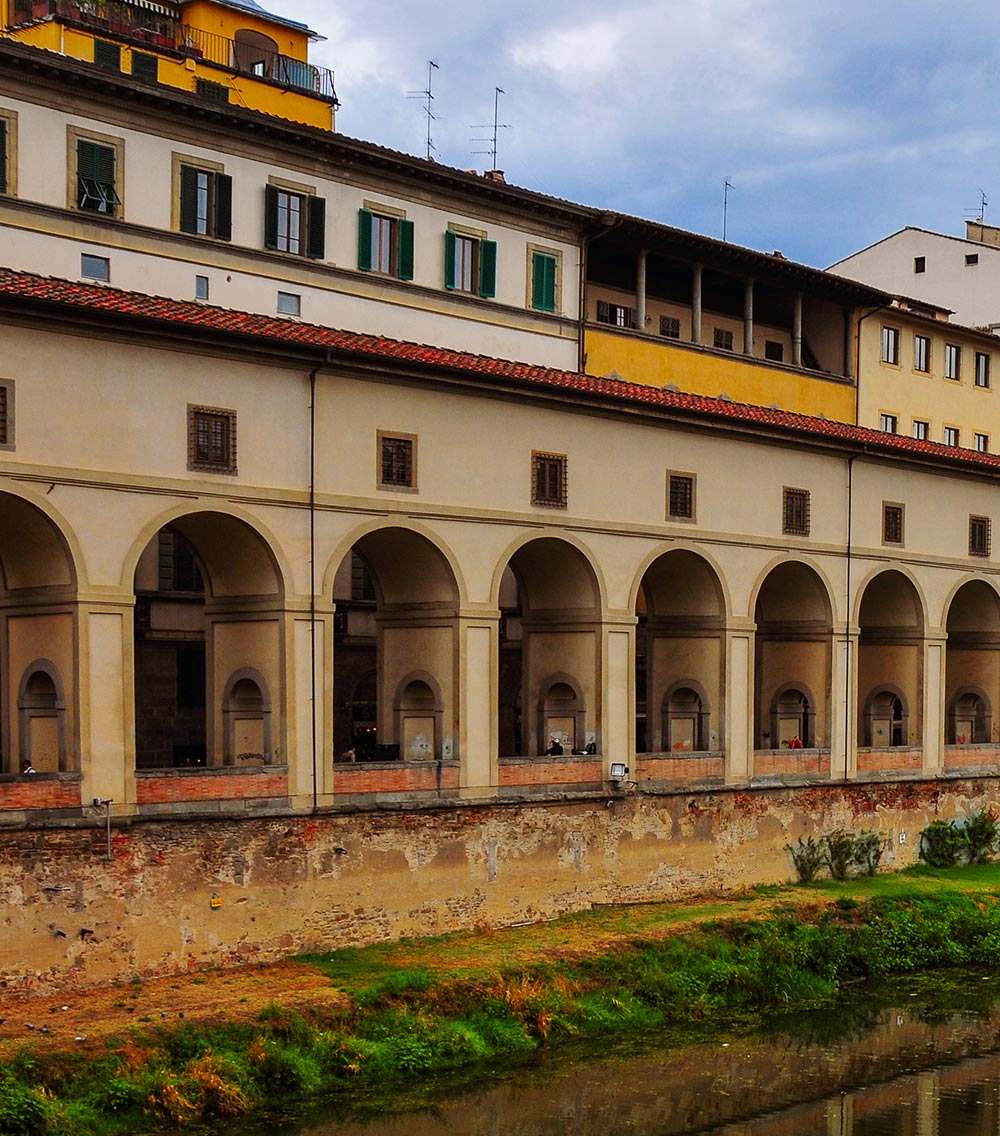
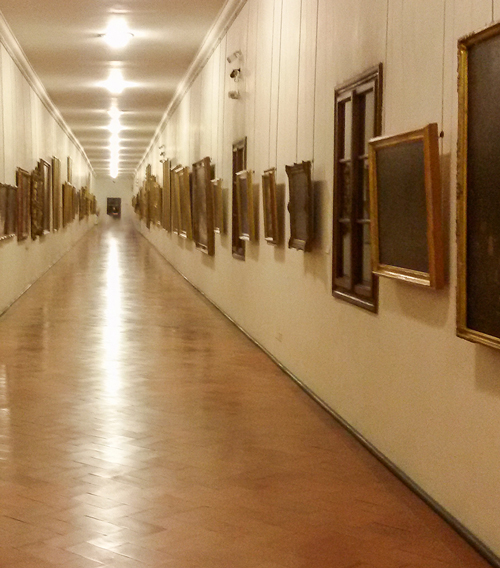
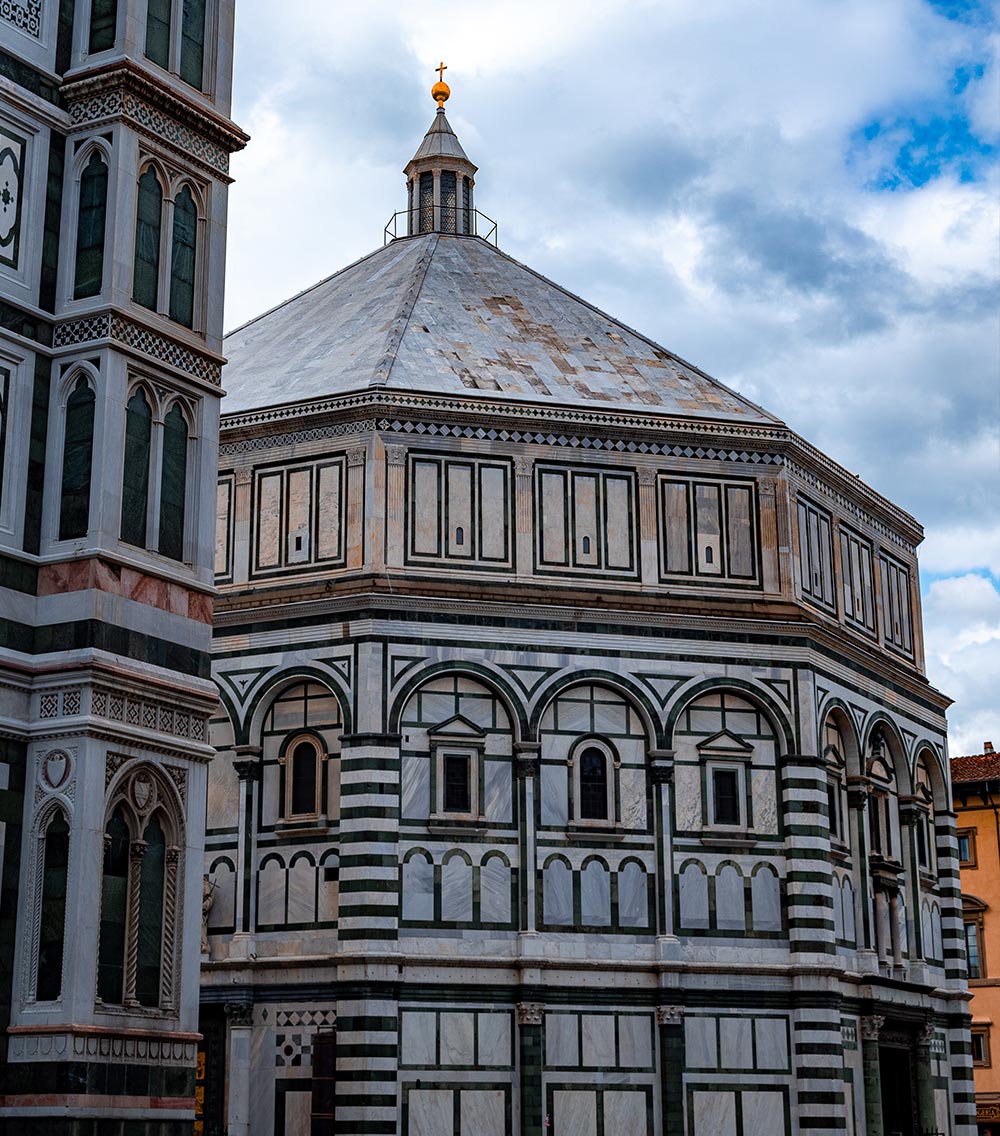
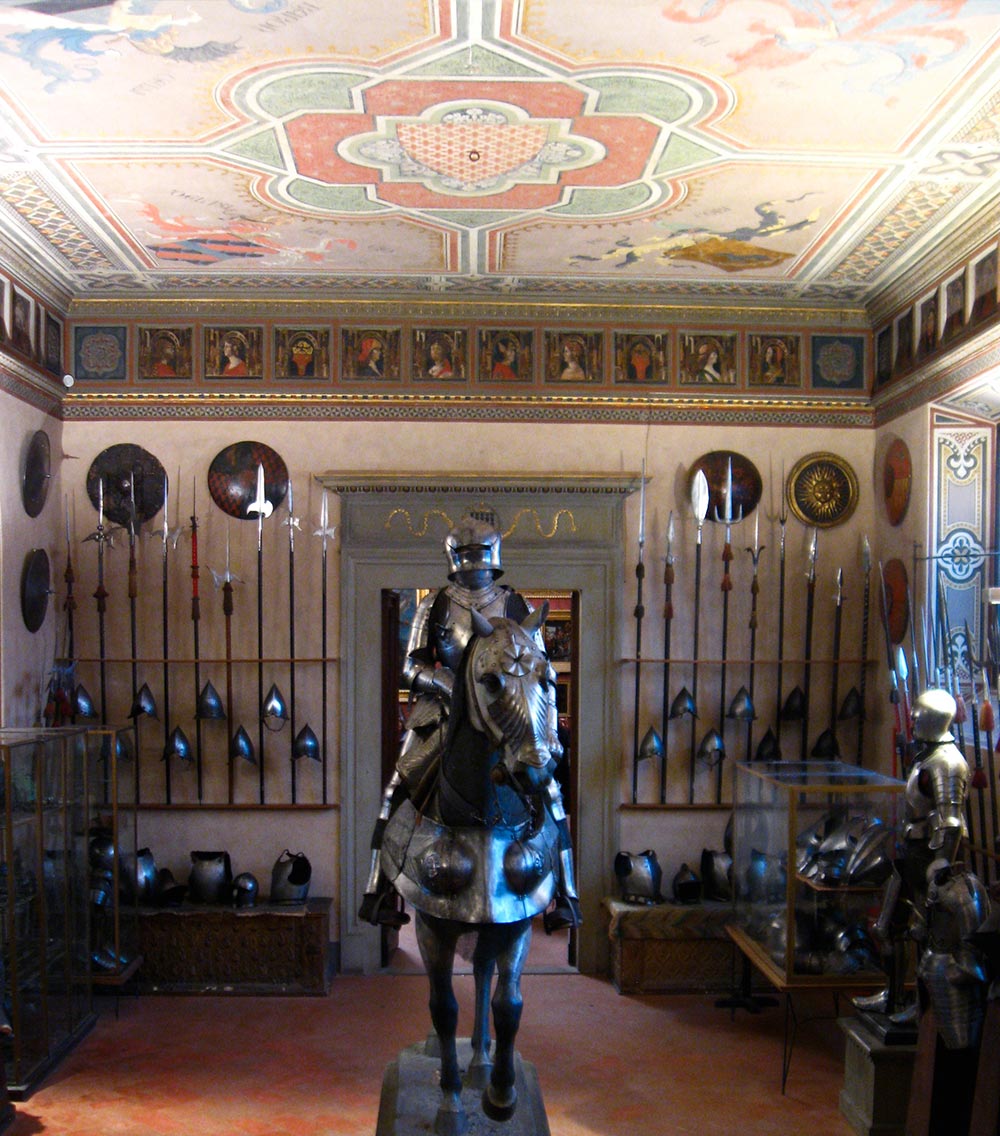
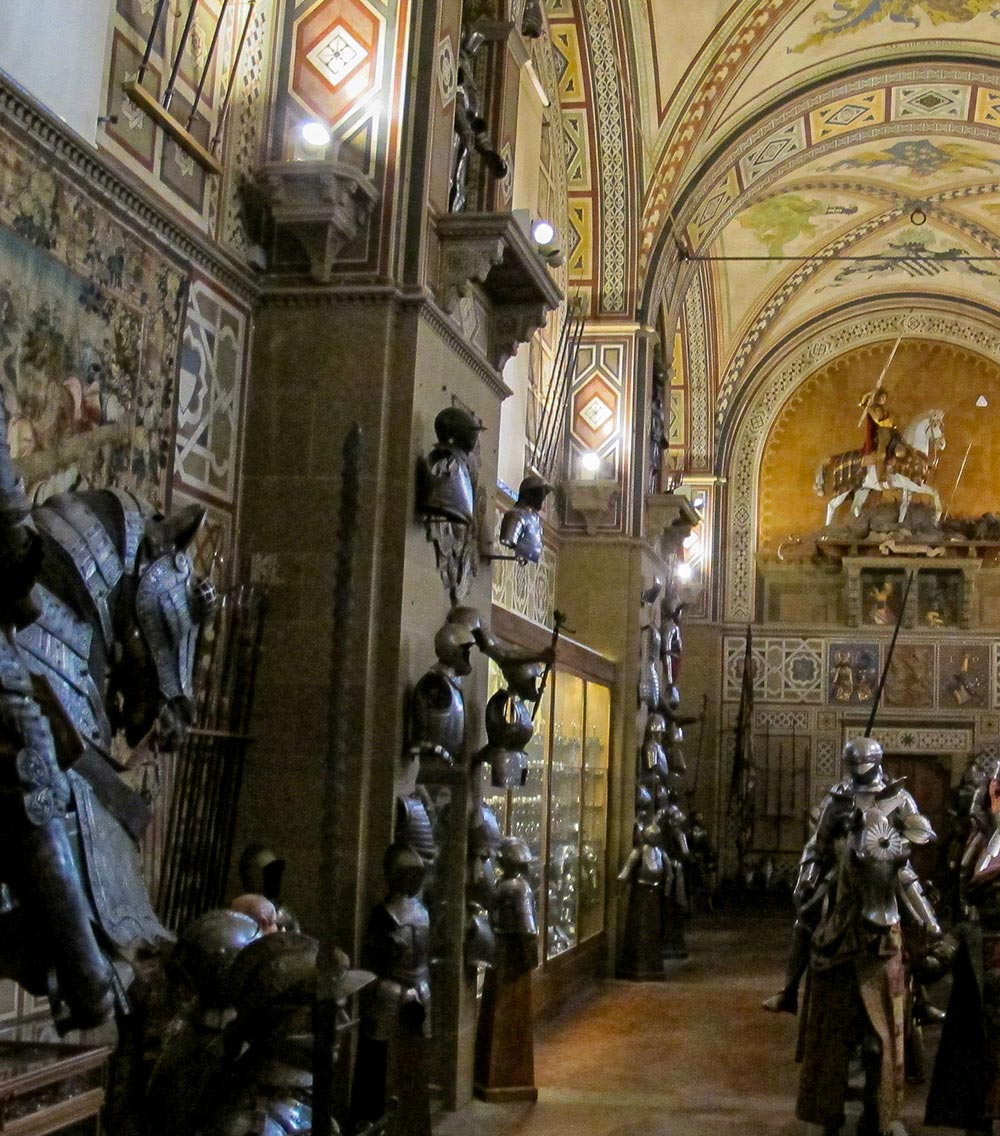

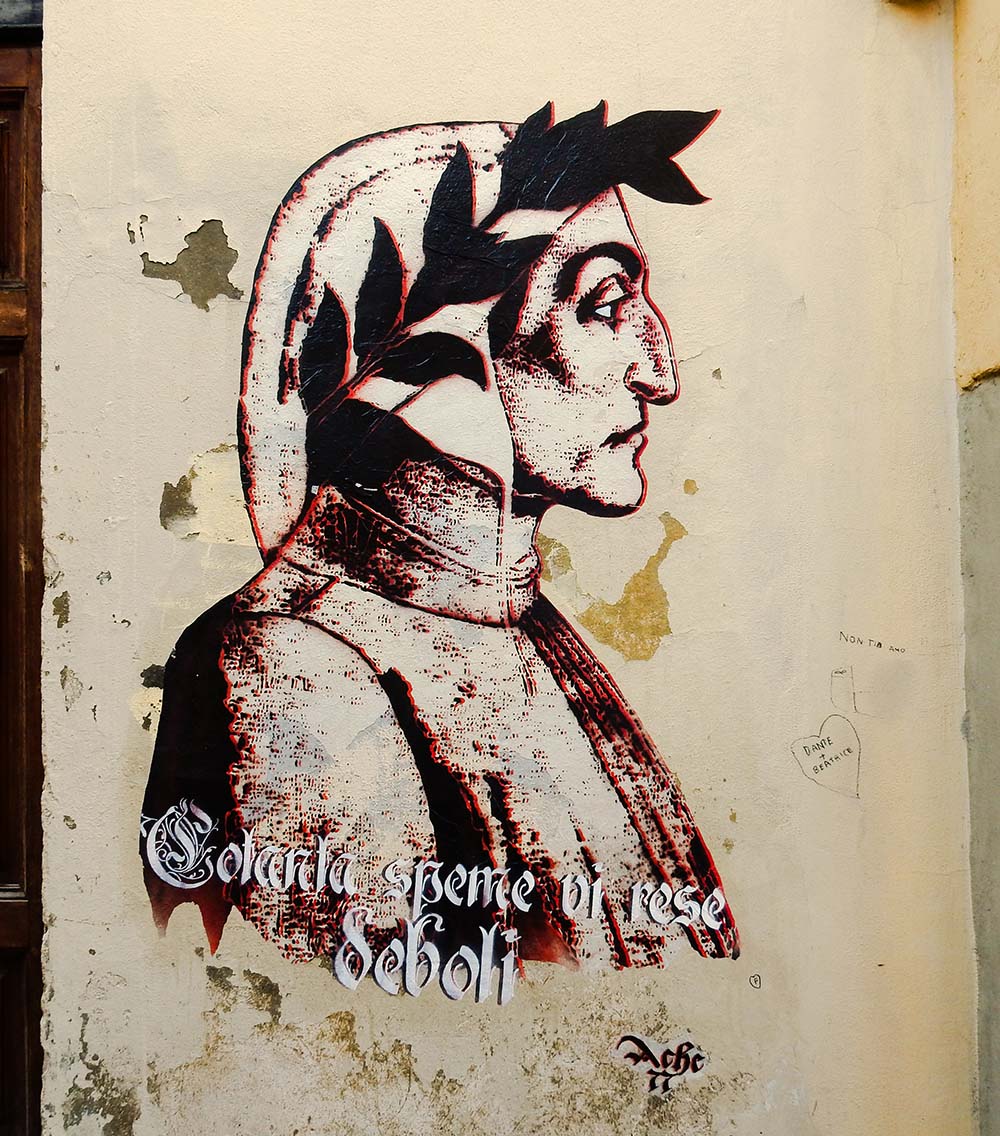
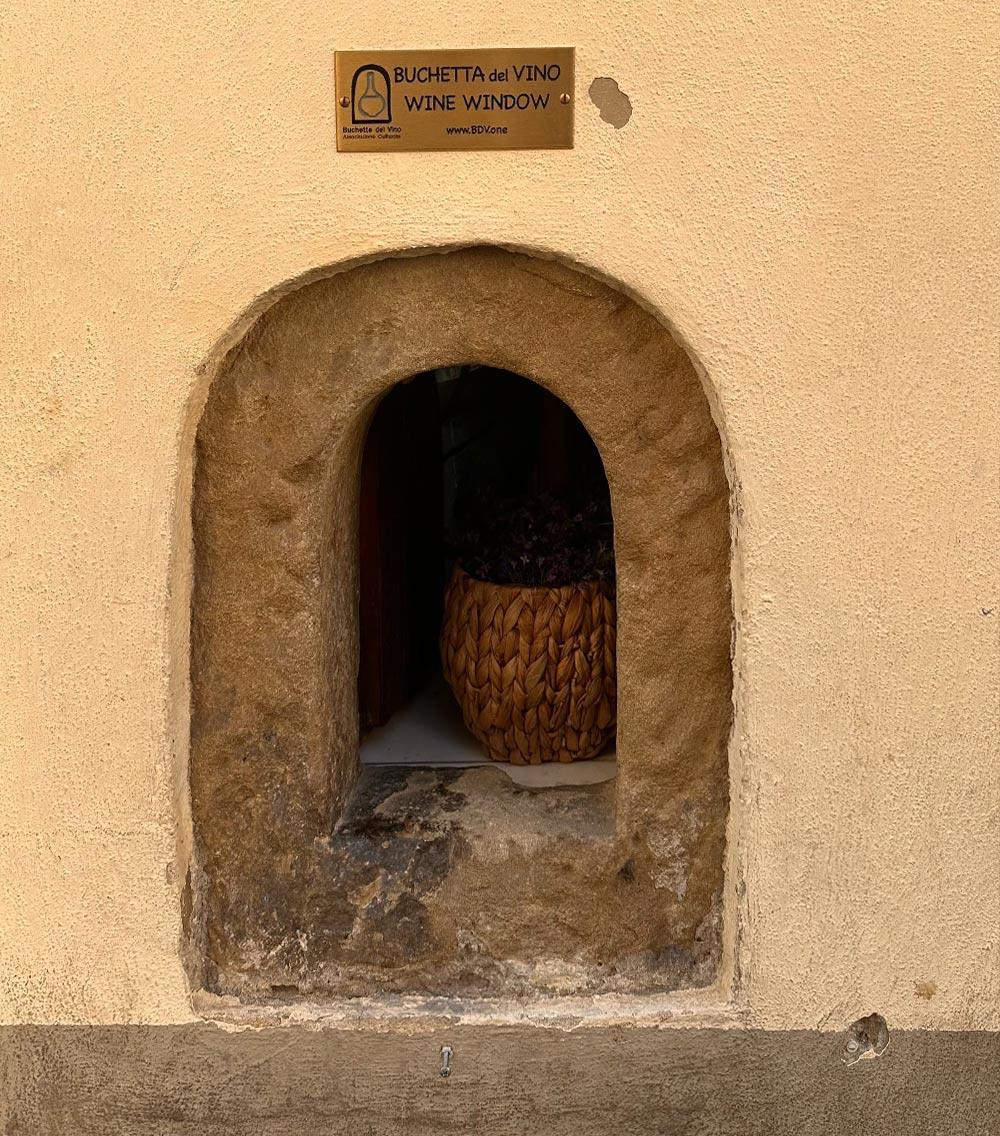
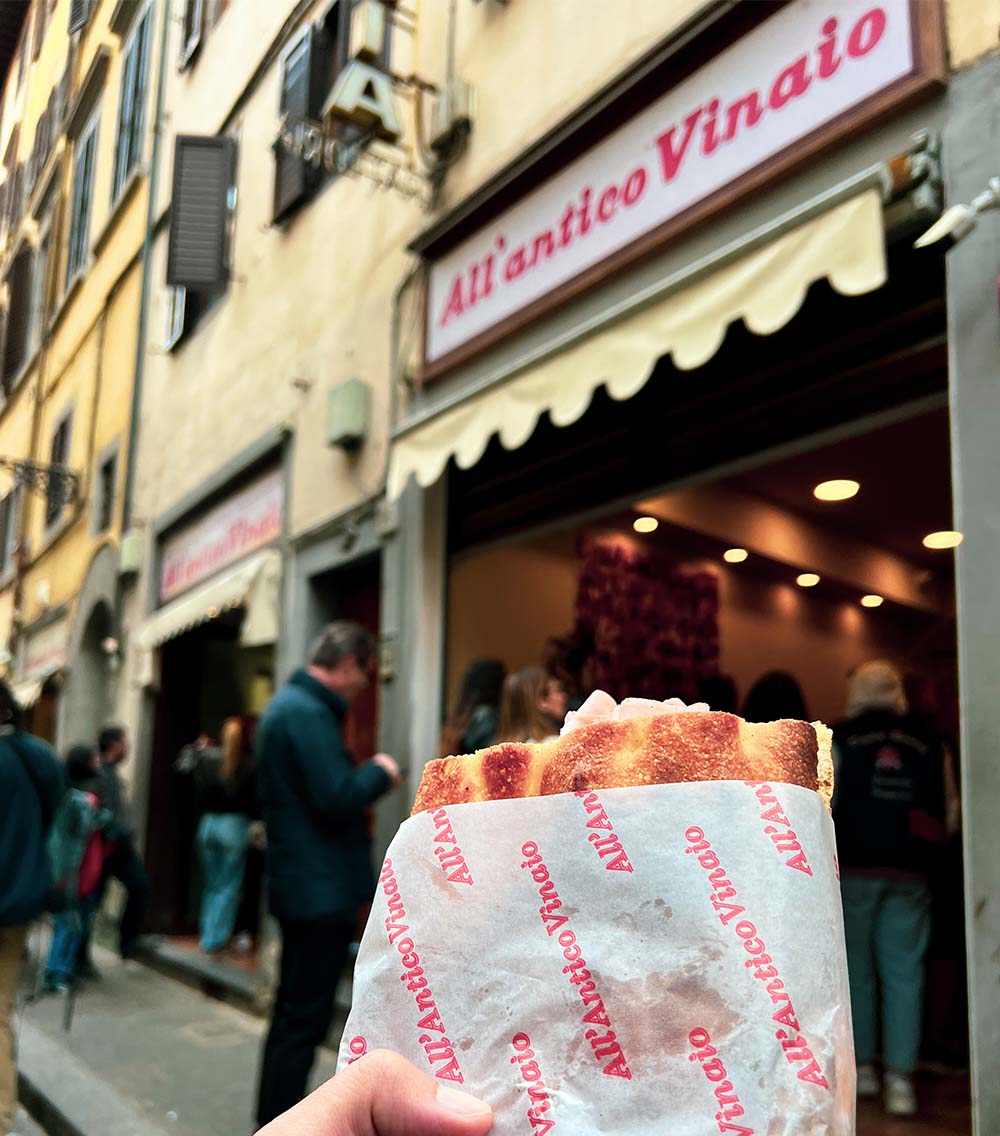

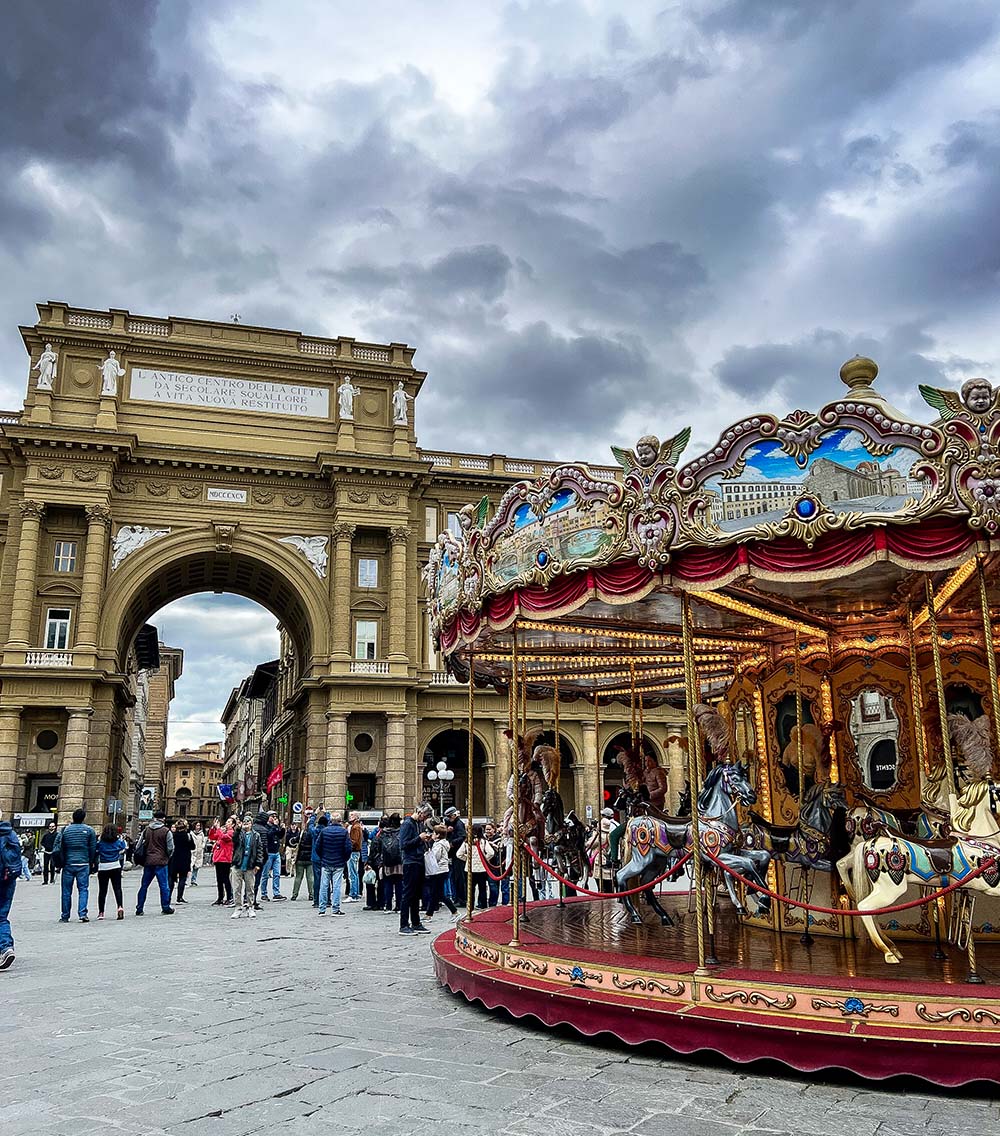


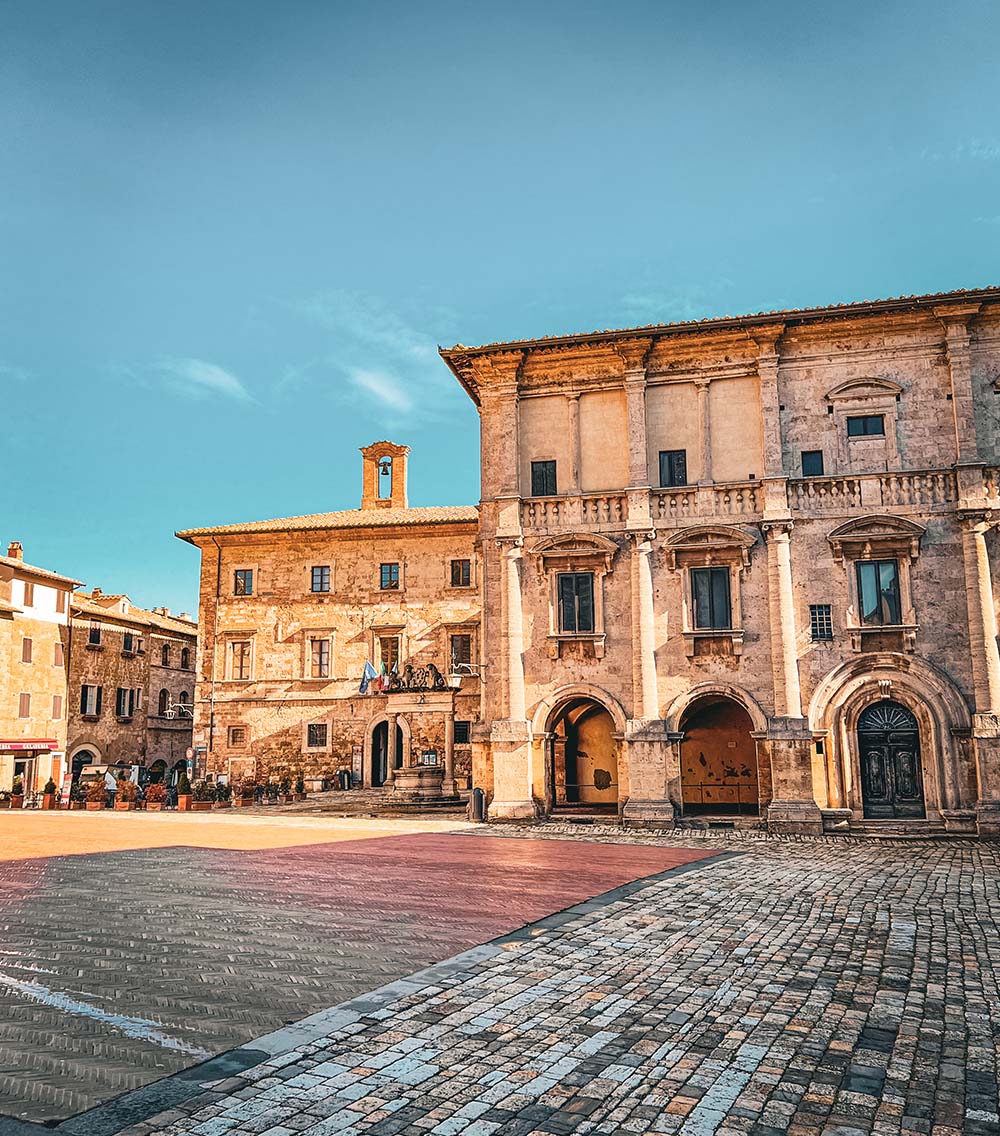

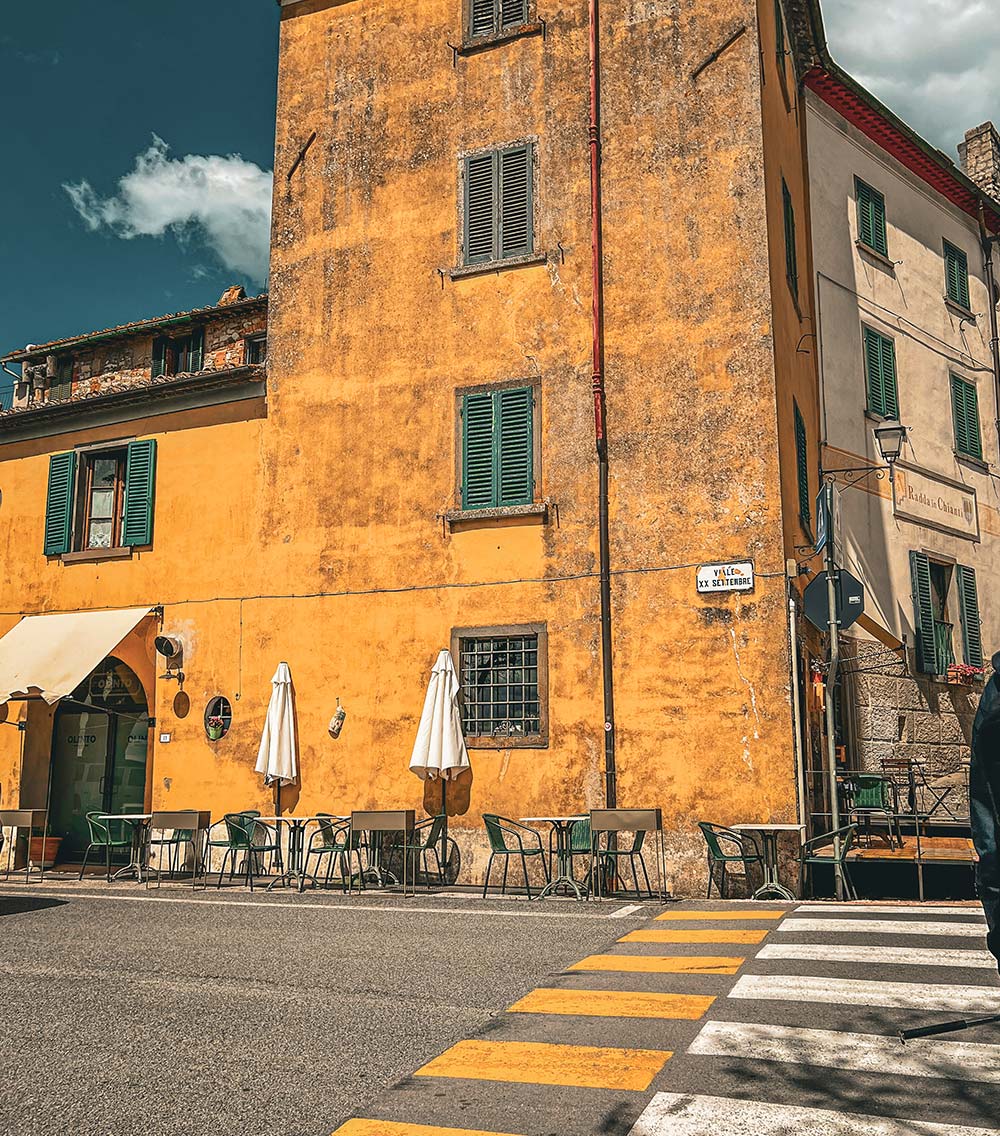
No Comments